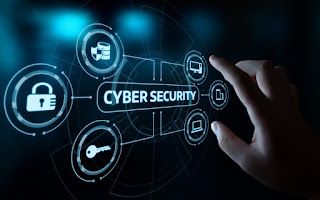Extended Reality (XR)

Introduction to Extended Reality (XR): Extended Reality (XR) is an umbrella term that encompasses a spectrum of immersive technologies, blending the physical and digital worlds to create enriched and interactive experiences. XR includes Virtual Reality (VR), Augmented Reality (AR), and Mixed Reality (MR), each offering unique ways to engage with digital content in various environments. Virtual Reality (VR): VR immerses users in a fully digital environment, often using headsets and controllers to simulate a different reality. This technology shuts out the physical world, replacing it with a computer-generated alternative, allowing users to explore and interact with a virtual space. Augmented Reality (AR): AR overlays digital information onto the real world, enhancing the user's perception of their surroundings. Unlike VR, AR does not replace the physical environment; instead, it supplements it by adding digital elements such as graphics, sounds, or...








